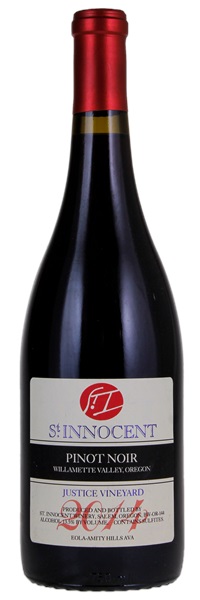Estimate

...fresh red and dark berry scents are complemented by suggestions of smoky Indian spices and cola, and a mineral nuance lends vivacity. Supple and broad on entry, offering juicy black raspberry and bitter cherry flavors...finishes very long and smooth, with sneaky tannins framing the sappy fruit.
A gorgeous pinot noir with plums, cherries, lemons and hints of light chocolate. Medium body, firm tannins and a mineral and crispy finish.
...cranberry and raspberry fruit on the nose mixed with a subtle oyster shell note that becomes more noticeable as it opens in the glass...palate is medium-bodied with supple tannin, nicely focused in the mouth with rosemary and bay leaf lending complexity towards the finish.